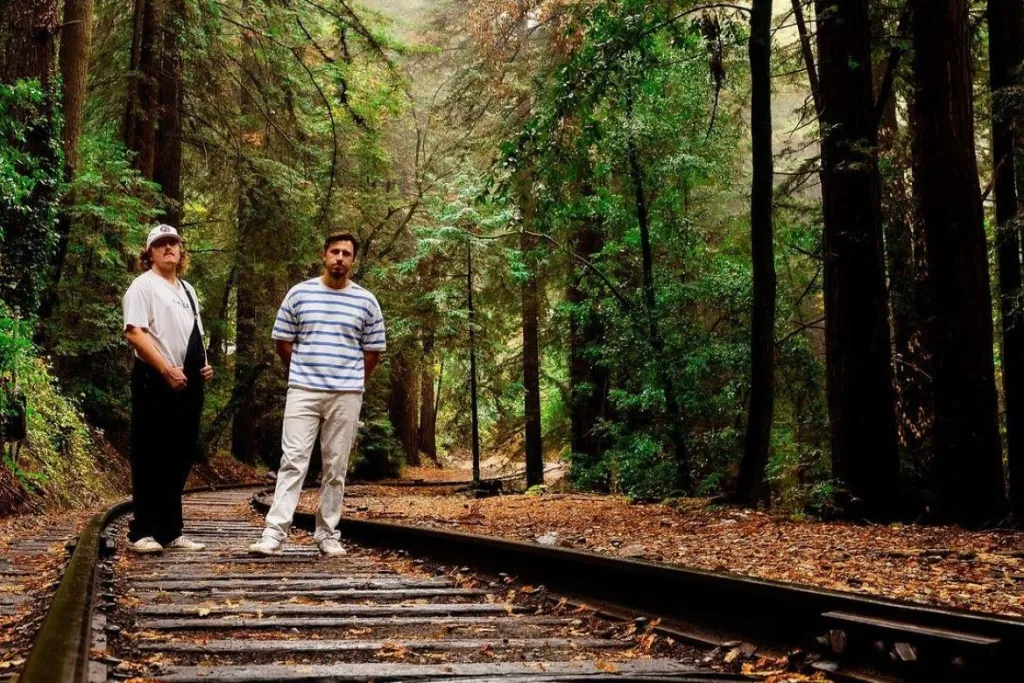Avatar: The Last Airbender is one of those genuine rarities that come along every decade or so. The franchise boasts a vast, epic world, crafted, accessible characters, and an intelligent narrative that's both compelling and appropriate for almost all ages. Additionally, the world of Avatar is bound and driven by rules. Even the Avatar, a being that seems capable of subverting those very rules, is beholden to a set of restrictions and vulnerabilities. However, there's a significant inconsistency in the franchise that, even a decade and a half later, has fans asking questions and theorizing.
In Episode 3 of Season 1, "The Southern Air Temple," Avatar Aang, Sokka, and Katara visited the titular location, Aang's childhood home, in the hope of finding surviving Air Nomads. During their search, the trio found and entered the Southern Air Temple's sanctuary. Housed within the sanctuary were statues of every Avatar that came before Aang, arranged both in order of their ascension.
The solemnity and importance of the sanctuary are felt by all three protagonists, particularly Aang. Later in the episode, Aang discovered evidence that the Fire Nation had invaded the Southern Air Temple and annihilated his fellow Air Nomads, including his mentor Monk Gyatso. Enraged and saddened by the loss of both his teacher and kin, Aang entered the Avatar State.
At the same time, the Avatar statues in the Southern Air sanctuary began to glow in ways similar to that of Aang's Avatar State. Other sanctuaries in the Water, Earth and Fire Nations were also depicted experiencing similar reactions as if directly linked to Avatar Aang. As such, the entire world, including the insidious Fire Nation, was made aware of the Avatar's return.
To date, there's no firm answer as to precisely why the sanctuaries around the world reacted to Aang's Avatar State. As such, this pivotal, globally-encompassing moment is the subject of no small degree of scrutiny. It seems unlikely that the creative team behind such a carefully crafted world would fail to notice such a wide plot hole. Thus, there are a number of fan-based theories that explain the sanctuaries' reactions.
First, it's possible that the Avatar sanctuaries react every time the Avatar enters the Avatar state. While this seems like the most logical explanation, it's also easily disproven. In the second Episode of the series -- "The Avatar Returns" -- Aang entered the Avatar State while fighting against Prince Zuko. However, it wasn't until the third episode that the return of the Avatar was globally recognized. Therefore, it seems unlikely the Avatar sanctuaries reacted to Aang's entering the Avatar State at that moment.
Another theory is that the world's Avatar sanctuaries react whenever Aang enters the Avatar State while in close proximity to a sanctuary himself. This seems like a viable possibility, given the fact Aang was close to the Southern Air Temple statues when the other nation's sanctuaries reacted. However, for a series built upon complex, immutable rules, this theory feels too simple to convey the whole of the matter. Part of "The Southern Air Temple," takes place in a flashback between Aang and Monk Gyatso. During the flashback, Aang expressed his trepidations about being the Avatar, saying he has yet to even enter the temple's sanctuary. Gyatso assured Aang that, once he is old enough, he will be ready to enter the sanctuary and meet someone who will help him to become a better Avatar.
Based on the significance of this discussion in Aang's mind, as well as the global reaction that follows shortly afterward, it feels logical to treat the two as linked. Upon entering the Air Temple sanctuary, it is conceivable that Aang was brought spiritually closer to his role as Avatar. Thus, by entering the Avatar State for the first time after entering the sanctuary, Aang's position in and connection to the Avatar Cycle was completely established, as illustrated by the world's sanctuaries reacting.
Before this moment, Aang had only entered the Avatar state out of self-defense, and without having entered the sacred Air Nomad temple. "The Southern Air Temple" was the first time Aang had set foot on the hallowed ground so deeply associated with his role in the world. The moment Aang entered the temple, his position as Avatar was further established, and his activation of the Avatar State afterward finalized it, as illustrated by the world's sanctuaries simultaneous reactions.
Avatar teaches viewers that power alone isn't what determines the value of an individual, not even the Avatar. Along with strength must come an understanding of an Avatar's responsibility and connection to their own history, as well as to the world at large. Through this lens, the global reaction to Aang's Avatar State in Episode 3 of Season 1 takes on logical, appropriate significance.
About The Author

